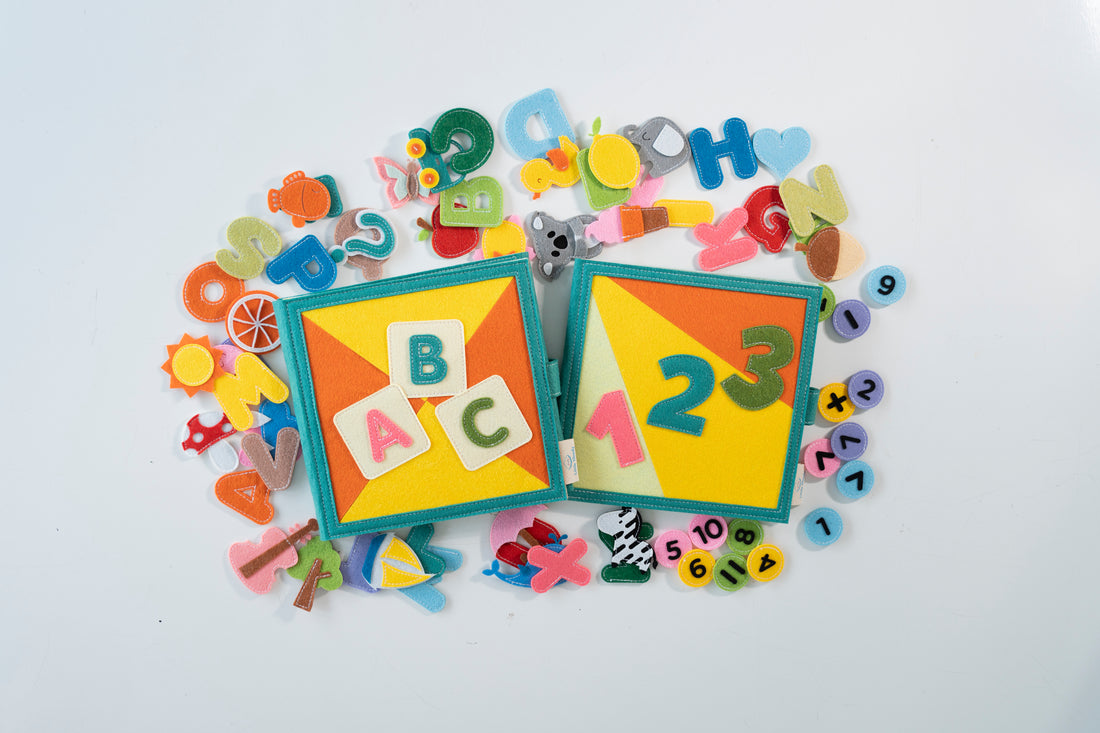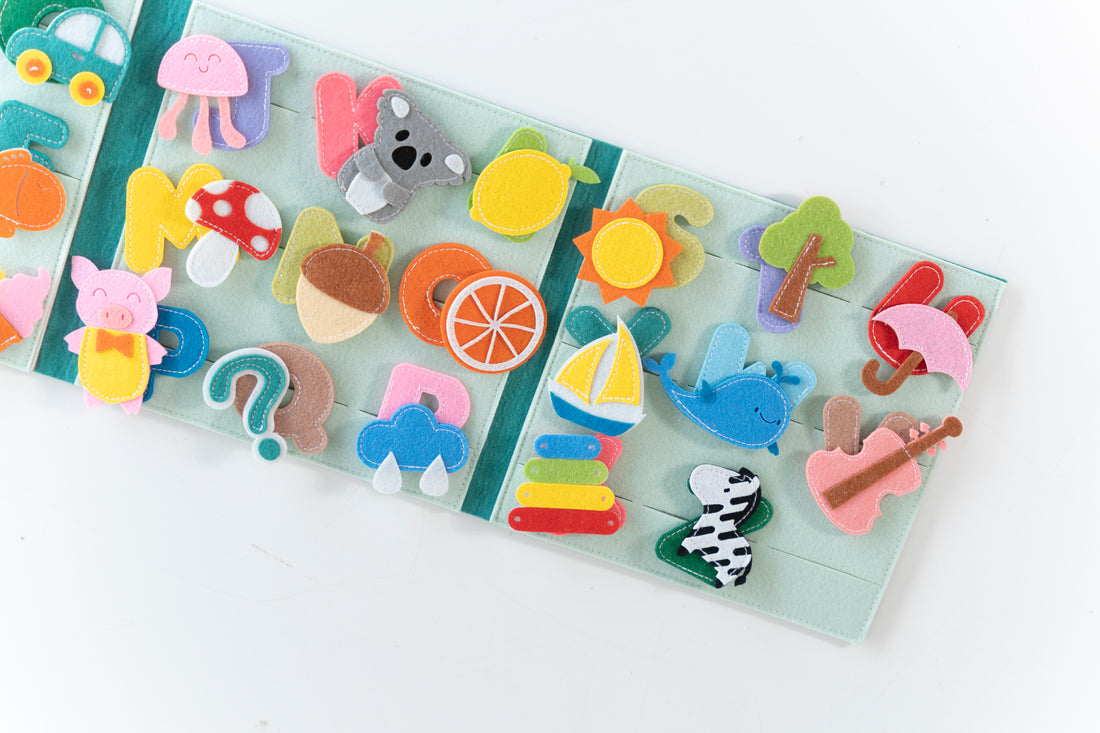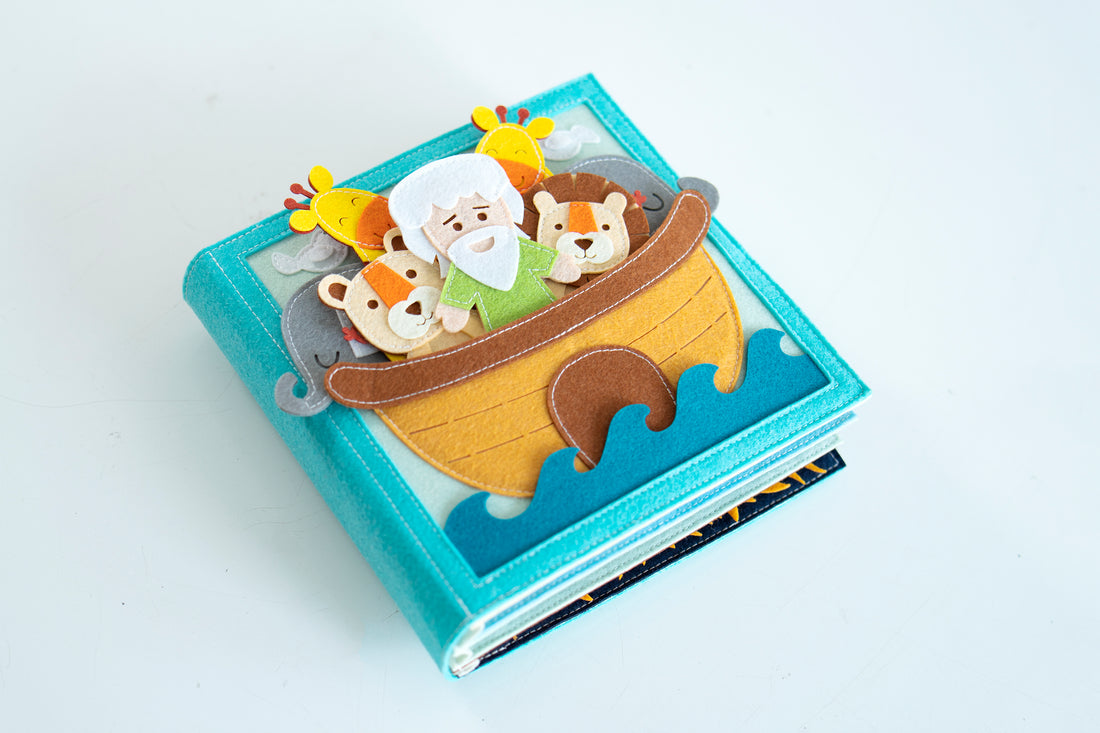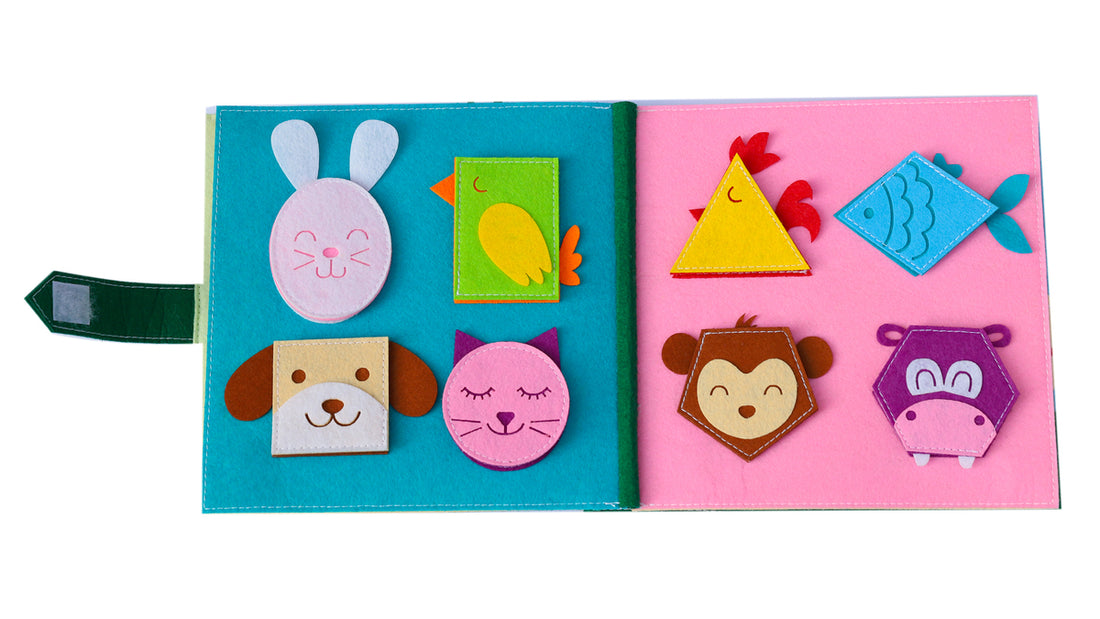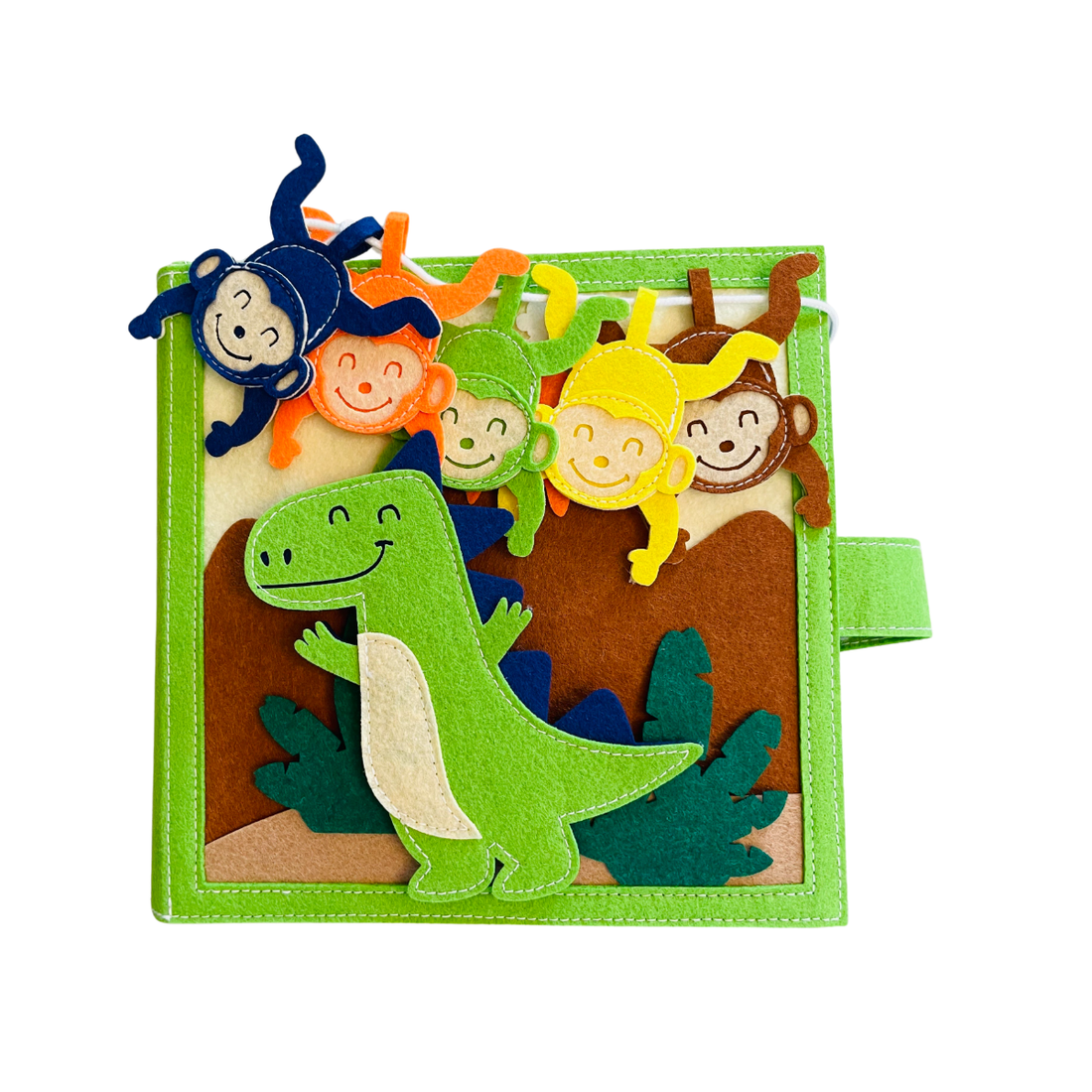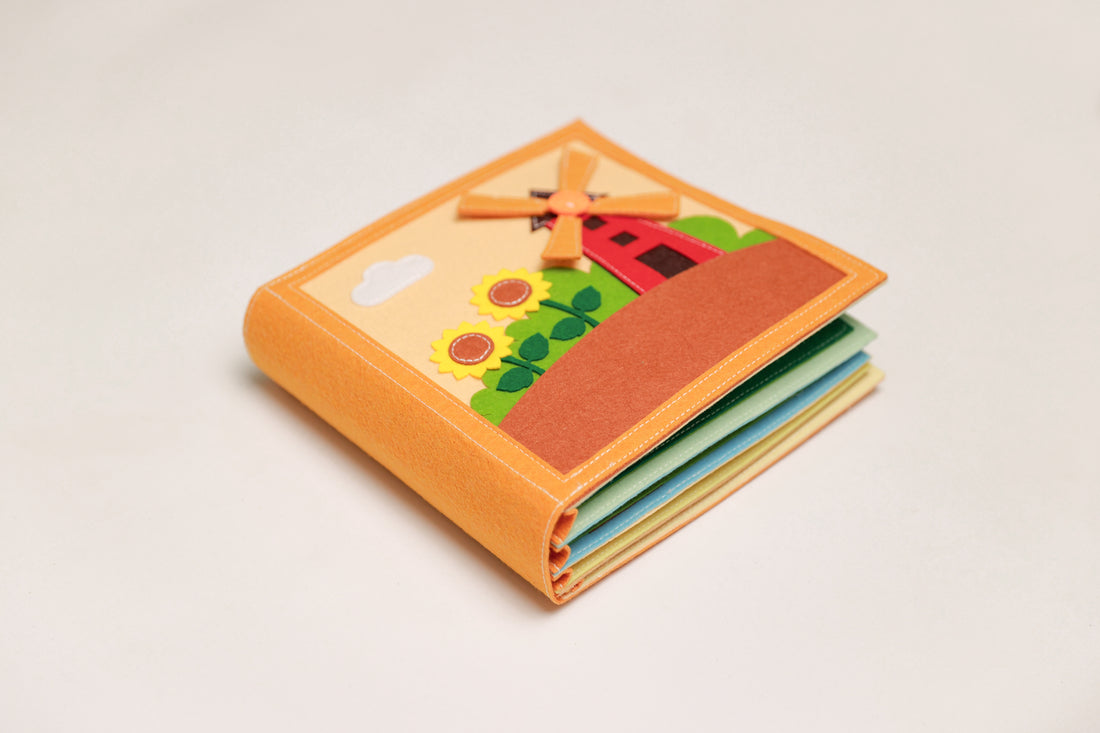In a world where diverse learning abilities and styles are increasingly recognized and celebrated, it has become essential to adopt an inclusive approach to literature and education. Sensory books, designed to stimulate the senses, play a critical role in this endeavor, particularly for children with special needs. This article explores the importance of sensory books, how they can cater to children with special needs, and the impact they make on child development.

Sensory books are specifically designed to engage multiple senses, such as touch, sight, and sound, in order to create a rich and immersive learning experience. For children with special needs, these books can be especially beneficial as they provide a multi-sensory approach to learning that caters to their unique learning abilities and styles. By incorporating tactile elements, such as different textures and materials, sensory books help children with sensory processing disorders or autism spectrum disorder to explore and interact with the world around them in a way that is both engaging and meaningful. Moreover, the visual and auditory elements in sensory books can stimulate cognitive development and enhance language and communication skills for children with learning disabilities. Overall, sensory books offer an inclusive and accessible way for children with special needs to actively participate in the learning process and foster their overall development.
Understanding Sensory Books

Sensory books, also known as "touch-and-feel" books, are an innovative genre of children's literature that engages beyond just the sense of sight. These books integrate various materials to stimulate the senses of touch, hearing, and sometimes even smell, providing an interactive reading experience that fosters learning and development in unique ways. Textures, sounds, and various other interactive elements are key features, creating a multi-sensory approach that greatly benefits children with special needs.
The Significance for Special Needs Children

Children with special needs often experience unique challenges in learning and development. Their sensory, cognitive, or physical abilities may require different approaches to stimulate growth and learning. Sensory books, with their multi-sensory, interactive nature, can play a crucial role here. Here's how:
Catering to Different Learning Styles: Children with special needs often find conventional teaching methods challenging. Sensory books, however, provide an interactive and engaging way to learn, making them effective tools for inclusive education.
Sensory Stimulation: For children with sensory processing disorders or autism, sensory books offer a controlled environment to explore different sensory experiences. This can help them become comfortable with various sensory inputs in a safe and controlled manner.
Promoting Fine Motor Skills: The act of turning pages, feeling different textures, and manipulating interactive elements can help improve a child's fine motor skills, fostering physical development.
Impact on Cognitive and Language Development

Beyond sensory stimulation and fine motor development, sensory books also play a vital role in cognitive and language development. The use of vivid pictures, simple text, and the associated sensory experiences enhances memory and comprehension, facilitating cognitive development.
Moreover, sensory books often feature repetitive and simple language, which aids language acquisition and development. The multisensory inputs strengthen the connection between words and their meanings, fostering language comprehension and vocabulary building.
In addition to cognitive and language development, sensory books can also have a significant impact on other aspects of a child's development. The interactive nature of sensory books encourages social interaction and bonding between a child and their caregiver or peers. This shared experience of exploring the textures, sounds, and visuals in the book can promote communication and social skills, as well as emotional development by fostering a sense of connection and attachment. Sensory books also provide opportunities for problem-solving and critical thinking as children engage with the different elements and activities within the book. Overall, the use of sensory books can have a holistic impact on a child's development, supporting their cognitive, language, social, emotional, and problem-solving skills.
Promoting Social-Emotional Development
Through interactive and engaging narratives, sensory books can also help children understand and manage their emotions better. They can learn about different emotions, expressions, and appropriate responses in a safe, engaging manner, promoting their social-emotional development.
Choosing the Right Sensory Books

When selecting sensory books, consider the child's interests, sensory preferences, and developmental needs. A diverse range of sensory books is available, each offering different interactive features to engage various senses. Ensure the books are age-appropriate and consider the level of sensory stimulation they provide - not too overwhelming, but sufficient to engage the child.
Sensory books for special needs, In addition to considering the child's interests, sensory preferences, and developmental needs, it is important to choose sensory books that align with the child's learning style. Some children may benefit from books that provide tactile experiences, such as textured surfaces or objects to touch and feel. Others may respond better to visual stimuli, such as bright colors and visually stimulating illustrations. Furthermore, auditory learners may enjoy books with sound effects or interactive elements that produce sounds. By selecting sensory books that cater to the child's learning style, you can enhance their engagement and overall sensory experience.





